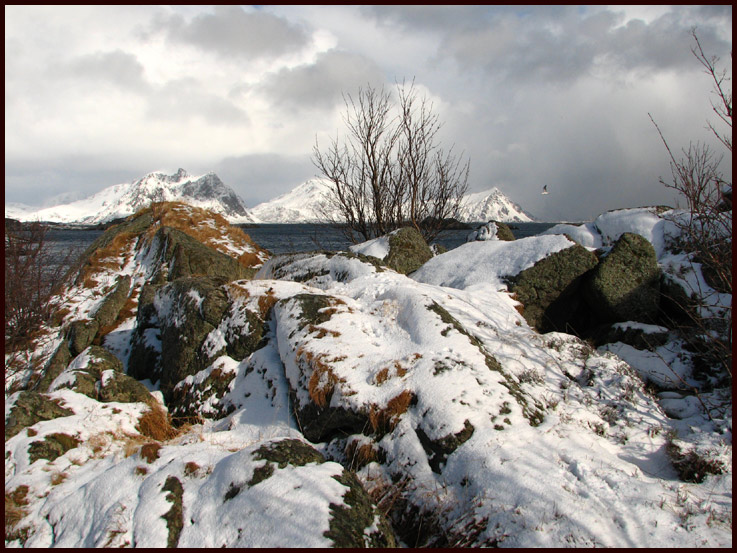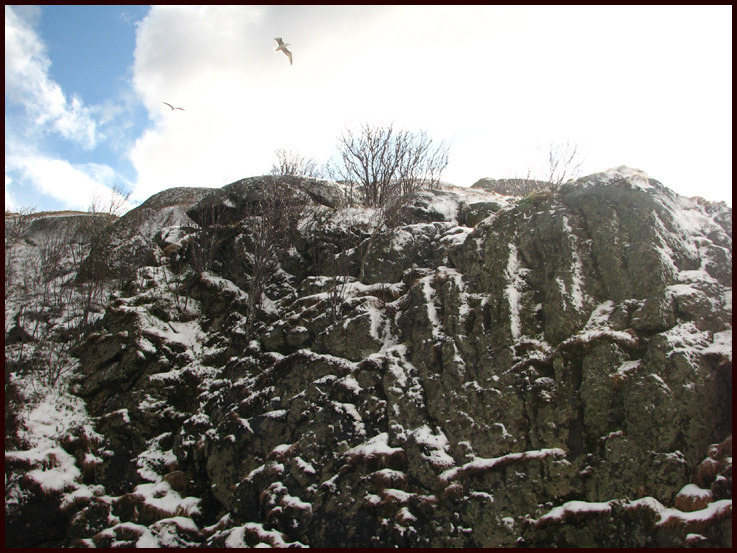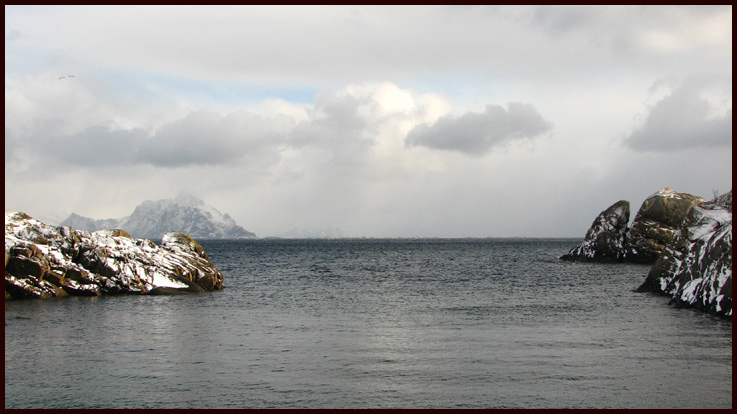Today's photos:
Personal Daimons by Patrick Harpur Guardian angels derived from Neoplatonism and, along with the other classes of angels, became part of Christian dogma at the Council of Nicaea (AD 325). But, long before this, the ancient Greeks believed that individuals were attached at birth to a daimon who determined, wholly or in part, their destiny. Philemon was clearly such a daimon for Jung, who emphasized the crucial part this strange Gnostic figure played in his life and work. Plato's mentor, Socrates, had a daimon who was famous for always saying "No." It did not enter into rational discourse with Socrates; it merely warned him when he was about to do something wrong (especially something displeasing to the gods), like the prompting of conscience... However, Plato in Timaeus identified the individual daimon with the element of pure reason in man and so it became "a sort of lofty spirit-guide, or Freudian super-ego." This may be true of certain, perhaps exceptional individuals, but is is also true - as we shall see - that daimons are as likely to represent unreason or at least to be equivocal. But meanwhile it is instructive to consider the case of Napoleon. He had a familiar spirit "which protected him. which guided him, as a daemon, and which he called his star, or which visited him in the figure of a dwarf clothed in red that warned him." This reminds us that personal daimons favor two forms by which to manifest: the abstract light, globe, oval and (as here) shining sphere, or the personification - angelic, manikin-like or whatever. It confirms, in other words, my speculation ... that the two forms are different manifestations of each other, with (in Napoleon's case) different functions: the star guides, the dwarf warns. Both are images of the soul, which is another way of understanding the daimon. Indeed, it seems that, next to personification, daimons prefer luminous appearances or "phasmata," as the Syrian Neoplatonist Iamblichus (d. 326) called them. He was a real expert on daimons, and ufologists could do worse than study the distinctions he makes between phasmata. For instance, while phasmata of archangels are both "terrible and mild," their images "full of supernatural light," the phasmata of daimons are "various" and "dreadful." They appear "at different times ... in a different form, and appear at one time great, but at another small, yet are still recognized to be the phasmata of daemons." As we have seen, this could equally well describe their personifications. Their "operations," interestingly, "appear to be more rapid than they are in reality" (an observation which might be borne in mind by ufologists). Their images are "obscure," presenting themselves within a "turbid fire" which is "unstable." The first of the great Neoplatonists, Plotinus (AD 204-70), maintained that the individual daimon was "not an anthropomorphic daemon, but an inner psychological principle," viz:- the level above that on which we consciously live, and so is both within and yet transcendent... Like Jung, he takes it as read that daimons are objective phenomena and thinks to emphasize only that, paradoxically, they manifest both inwardly (dreams, inspirations, thoughts, fantasies) and outwardly or transcendently (visions and apparitions). Plotinus does not, we notice - like the early Jung - speak of daimons as primarily "inner" and as seen outwardly only in "projection." He seems to agree with the later Jung - that there is a psyche "outside the body." However, his use of the word "transcendent" also suggests that the real distinction to be made is not between inner and outer, but between personal and impersonal. There is a sense, he seems to be saying, in which daimons can be both at once. ...[P]ersonal daimons are not fixed but can develop or unfold according to our own spiritual development. Jung might say: in the course of individuation, we move beyond the personal unconscious to the impersonal, collective unconscious, through the daimonic to the divine. Acording to Iamblichus, we are assigned a daimon at birth to govern and direct our lives but our task is to obtain a god in its place.Patrick Harpur « Daimonic Reality »
For information in english about Patrick Harpur, read this site:
Kundry - 30th of March 2007 - 30 mars 2007




Patrick's angle on daimonic reality is indeed a fascinating one. I found the book very interesting. I needed to read it because it has some elements of my own theory which I term 'The Daemon-Eidolon Dyad'. Patrick and I are looking at the same evidence but I approach it from inner-space of Gnostic belief and neurology. If you are interested in a theory that complements Patrick's please check out my website - but more importantly take a look at my blogsite at http://cheatingtheferryman.blogspot.com/
This will give you a good introduction to my 'take' on the nature of reality - a theory I call 'Cheating The Ferryman'.
By the way I love the photographs. They are absolutely fantastic!
Posted by: Anthony Peake | 31 October 2007 at 14:50